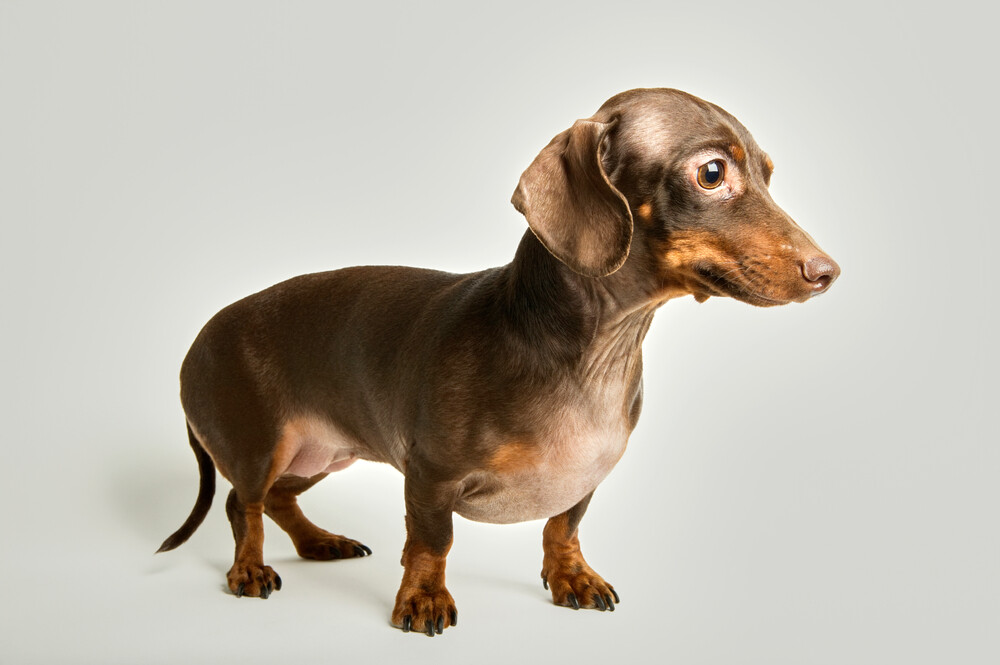Dogs sometimes seem like they’ve been genetically engineered in a lab to be the perfect human companion. Unfortunately, for some breeds, this isn’t too far from the truth. With demand for not just a dog but the dog of someone’s dreams, breeding has produced all manner of dog varieties — some, at a greater cost than others, as trying to emphasize and isolate specific traits can come with stowaway genetic material in the form of genetic diseases and difficulties.
Dachshunds
Shutterstock
At first, you might wonder what purpose the dachshund’s sausage-like shape could realistically serve. At one point, it wasn’t simply for fashion — it allowed them to pursue badgers into their dens. Still, looking at modern dachshunds, they definitely seem anything but spry. That’s because without badgers in need of hunting, their unusual aesthetic became just that: an aesthetic. At which point, the lower to the ground and longer, the cuter, in some owner and breeders’ eyes. But what’s good for Instagram photos is, sadly, not good for the skeleton. The gene selection that brought them so close to the ground also leads to an extremely high likelihood of spinal and joint disorders.
Pug
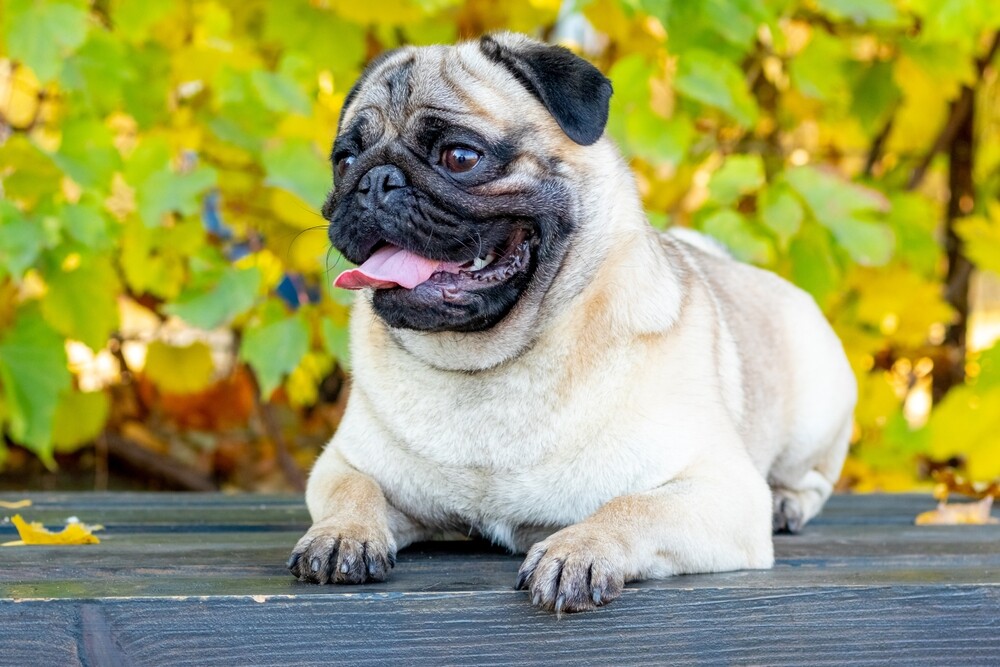
Shutterstock
Unlike the dachshund, the pug’s shape isn’t rooted in any history of helpful variation. Unless there was a need in the past for a dog that could be fired out of a cannon, they’re simply funny-looking companions. Going back to their origins in the Han Dynasty of China, they were valued for their personality and not their physicality. Unfortunately, as certain traits became iconic to the pug, breeders looked to exacerbate things like the smushed face that weren’t particularly beneficial to the pug to begin with.
Nowadays, that trademark pancake face that looks so cute is, unsurprisingly, bad for most things you use a face for. Pugs are likely to have breathing problems and eye issues suffered from that same pursuit of the perfect pug mug. So much so that there’s a newer breed emerging known as the “retro pug,” which seeks to undo some of this damaging breeding and lengthen their snout slightly to improve their health.
French Bulldog
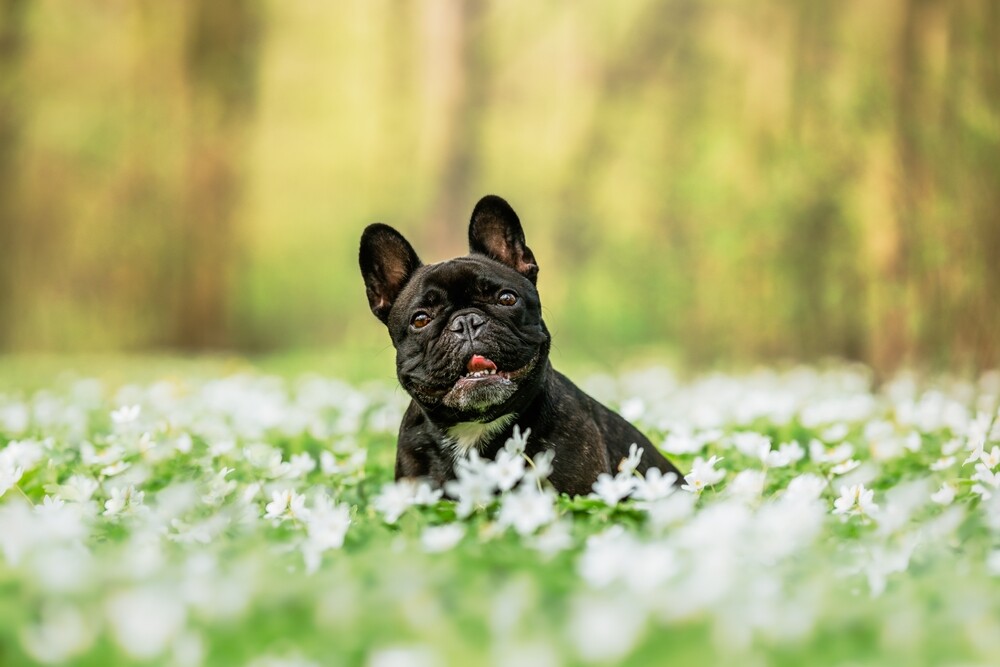
Shutterstock
With the popularity of the designer dog that fits in a handbag, the French Bulldog has become what almost feels like a fashion accessory. After all, why choose between designer breeds that suffer from breathing problems, intestinal problems or skeletal issues when you could have all three?
Bulldogs as a broad category are already a dog that’s more inclined to health problems, with full-sized versions having their own issues. Add in an attempt to miniaturize them, and you’ve created an adorable creature with a genetic makeup that could rival a Habsburg for issues. They check all the usual boxes as far as medical misery goes, but maybe the most significant sign that we’ve gone a bit too far? French Bulldogs are often unable to naturally reproduce, requiring artificial insemination and cesarean sections to even bear offspring at all.
Golden Retrievers
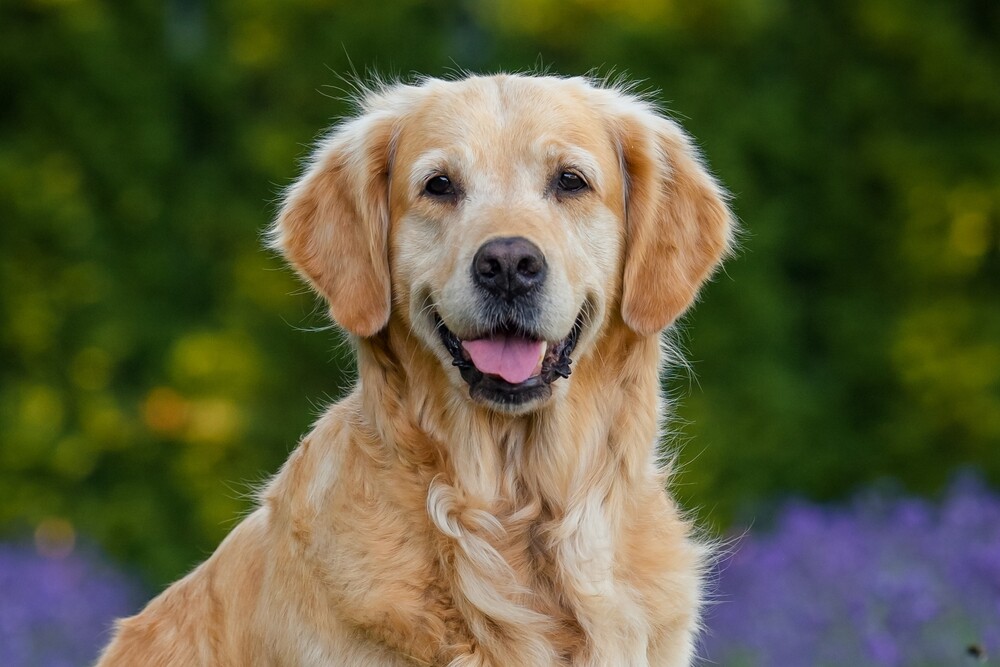
Shutterstock
Lest you think it’s only the little ones that suffer from a shallow gene pool, take a look at the Golden Retriever. Despite practically being the poster boy for a happy, healthy dog in any number of kibble commercials, Golden Retrievers are highly inbred. That’ll happen when you’re a comparatively recent breed in the history of dogkind. They may not be huffing, puffing and groaning like earlier entries, but they’re still haunted by some effects of selective breeding, the most serious of which is as straightforward as it is serious: cancer. In fact, a staggering 60 percent of Golden Retrievers will develop cancer at some point during their life.
Dalmatians
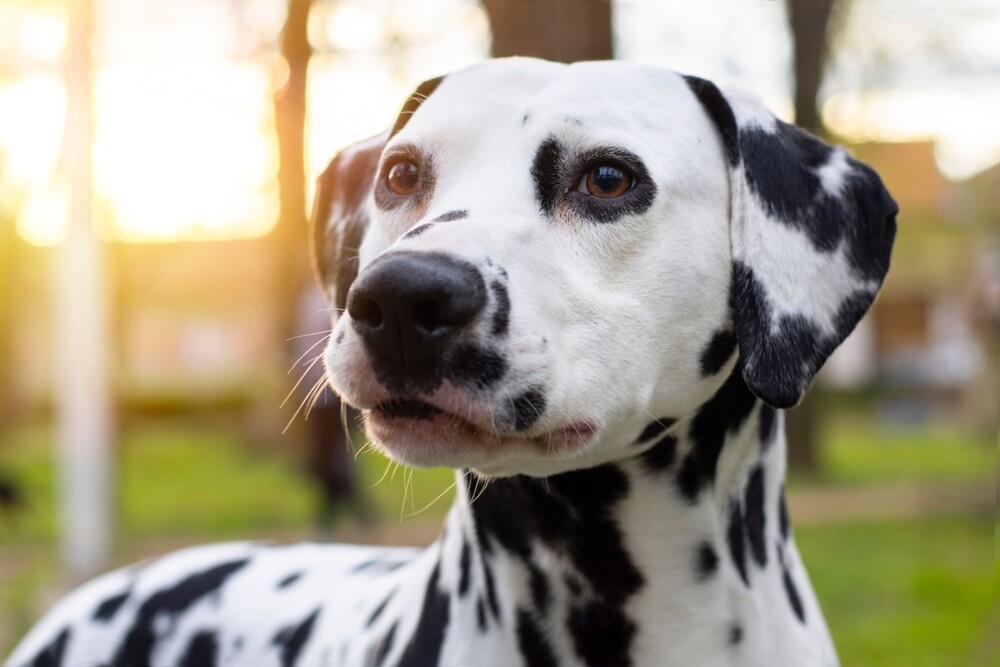
Shutterstock
Dalmatians, famously, have spots. But these spots aren’t achieved without a fairly narrow family tree, and that lack of genetic diversity means that in order to keep their trademark pattern around, you also keep certain afflictions. In Dalmatians, it emerges in a form that you may not suspect, especially if your experience with them is heavily Disney-based: their hearing. Thanks to the efforts that produce that stunning pattern, one-third of all Dalmatians have a hearing disability.

